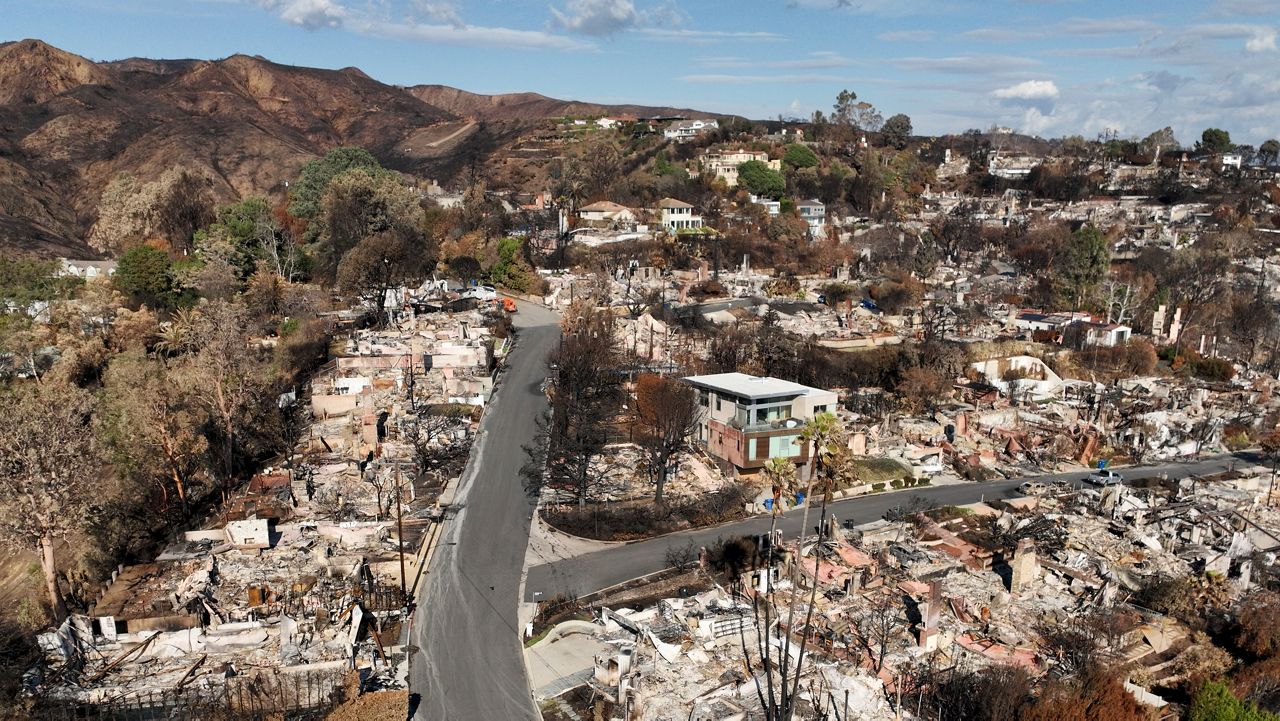Amid what researchers already believe to be the world’s hottest month on record, President Joe Biden on Thursday announced new actions to respond to excessive heat and a changing climate. Adding urgency to the issue is the heat wave currently scorching much of the country.
“I don’t think anybody can deny the impact of climate change anymore,” Biden declared Thursday.
The new steps seek to protect workers in heat, improve weather forecasts and expand access to drinking water. Biden said they will help the public get through the current scorching temperatures as well as help the nation “prepare, plan and recover,” for future heat waves.
“And there will be more,” Biden asserted.
The president was joined in-person by the leaders of the Federal Emergency Management Agency and the National Oceanic and Atmospheric Administration. The mayors of Phoenix and San Antonio also participated virtually. Biden asked them each a few questions about local conditions and responses after they delivered remarks.
Phoenix has seen at least 27 days in a row of temperatures exceeding 110 degrees. Maricopa County, where the city is located, reported recently that there were 18 heat-associated deaths between April 11 and July 15.
San Antonio saw 15 straight days of 100-plus degrees. At least 13 deaths in Texas have been blamed on the extreme heat.
Phoenix Mayor Kate Gallego and San Antonio Mayor Ron Nirenberg spoke about actions they are taking locally to help residents, including setting up cooling centers and doing outreach to those experiencing homelessness.
Among the steps Biden announced on Thursday is a directive for the Department of Labor to issue hazard alerts notifying employers and employees about ways to stay protected from extreme heat, which has killed 436 workers since 2011, according to federal statistics.
He is also directing the department to increase inspections of potentially dangerous workplaces such as farms and construction sites and strengthen enforcement of heat safety violations.
In addition, the president announced that the U.S. Forest Service is awarding more than $1 billion in grants for local jurisdictions to plant trees.
The administration will also spend $7 million to develop more detailed weather predictions to anticipate extreme weather like heat waves, plus $152 million to boost drinking water infrastructure and climate resilience in California, Colorado and Washington.
The National Oceanic and Atmospheric Administration will partner with universities to improve the accuracy of weather forecasts.
“MAGA extremists in Congress are trying to undo all this progress,” Biden warned. “Not a single one of them, not a single Republican, voted for the inflation reduction act, which had all this money for climate.”
Republicans argue Biden’s climate policies have stifled U.S. energy production and increased gas prices. The GOP-controlled House passed a sprawling energy package in March to increase domestic production of oil, natural gas and coal and ease permitting restrictions.
Biden’s plans represent an effort to address the immediate effects of climate change as he faces pressure from fellow Democrats and labor groups to do more to safeguard vulnerable populations. The steps supplement his long-term agenda for reducing greenhouse gas emissions and deploying clean energy technology, policies that may not pay dividends for years to come while global temperatures continue to rise.
Thursday’s announcement follows other steps that the Biden administration has taken to adapt to increasing threats from extreme heat. Among those it is highlighting:
The Department of Labor is developing a standard for how workplaces deal with heat. The proposed rule by the Occupational Safety and Health Administration would require employers to provide adequate water and rest breaks to outdoor workers, as well as medical services and training to address signs and symptoms of heat-related illness. OSHA is holding meetings this summer to hear comments on how the heat standard would affect small businesses.
To keep low-income populations cool, the Department of Health and Human Services expanded its Low Income Home Energy Assistance Program to provide more access to air conditioning and cooling centers such as libraries, senior centers or other public buildings. The Environmental Protection Agency also has provided assistance to help communities develop cooling centers within schools.
The National Oceanic and Atmospheric Administration has been helping cities and towns map “heat islands” with dense buildings and fewer trees, and the Department of Agriculture issued guidance for creating more tree canopy coverage, which helps with cooling environments.
In addition, the administration launched a website called heat.gov with interactive maps, weather forecasts and tips for keeping cool amid record-breaking heat.
The Associated Press contributed to this report.









